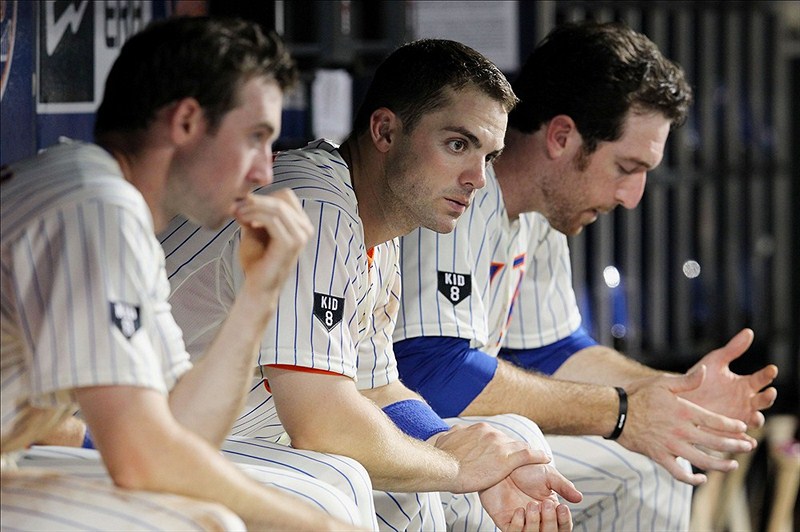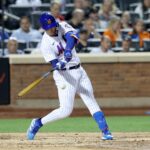Other than a lack of overall talent, there’s never just one reason why a team fails to win. The Mets began the season projected for the basement, with some corners speculating 100 losses.
So, at 74-88, 14 games below .500, and in fourth place, the Mets did better than expected, but in the end were still disappointing and kicked a promising season away with a dismal second half.
The Mets were 46-40 at the break, but ended the first half on a sour note by losing two of three at Citi Field to the Cubs. This coming after losing two of three to the Cubs at Wrigley Field a short time earlier.
You can’t consider yourself a serious contender when you lose consecutive series to a team that lost 100 games. You just can’t do it.
So, what went wrong?
STREAKY BAD: The Mets’ longest winning streak in the second half was four, accomplished twice. Conversely, they had five such losing streaks, including dropping six straight three times. When a team is streaky bad like that players begin to press, which is what happened in July and August.
STAYING WITH A PAT HAND: GM Sandy Alderson said several times the team had the resources to add talent if they were in contention at the trade deadline. But, that doesn’t meaning waiting until July 31. The bullpen had shown signs of breaking down in late June and early July, and there was a woeful lack of power with Ike Davis, Jason Bay and Lucas Duda doing nothing, but Alderson was content to believe things would get better and was satisfied at the break with a 46-40 record. The Mets opened the second half with two losing streaks of at least five games and by that time it was too late.
INJURIES: All teams have them and the Mets were no exception. It’s hard to win when three-fifths of your rotation goes down. First, Mike Pelfrey, then Dillon Gee and Johan Santana. The Mets simply didn’t have the replacement parts they needed, although the got more from R.A. Dickey than they could have wished for and Matt Harvey made a good first impression.
THE BULLPEN COLLAPSED AGAIN: The bullpen wasn’t bad in April, but was non-existent in the second half. The pen’s failures can be summarized by just 36 saves, and a 20-22 record in one-run games and 3-7 in extra innings. Clearly, they couldn’t slam the door late. The problem wasn’t really the closer as much as it was the bridge leading to the closer.
NO OFFENSE: The Mets had three players with 20-plus homers, but that’s not enough. The Mets went 15 straight home games in the second half where they scored three or fewer runs which lead to a minus-56 runs differential. If Davis had any kind of a first half he might have finished with 40. David Wright couldn’t carry the team from July on and one wonders if he’ll be a 30-homer player again. The Mets received very little from Bay, Duda, Josh Thole and Andres Torres. Who would have thought Scott Hairston would lead the outfield with 20 homers?















